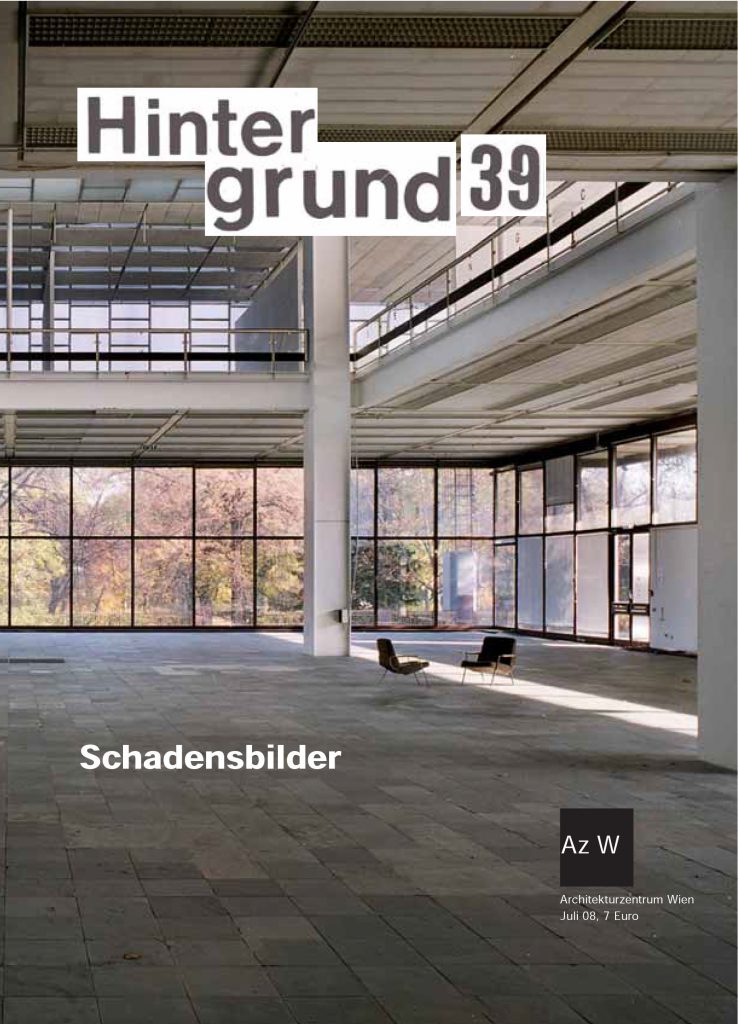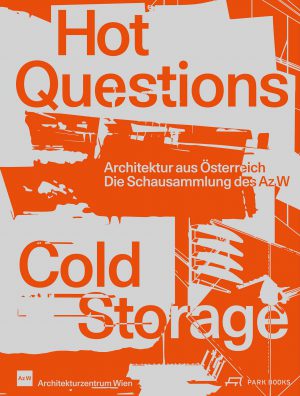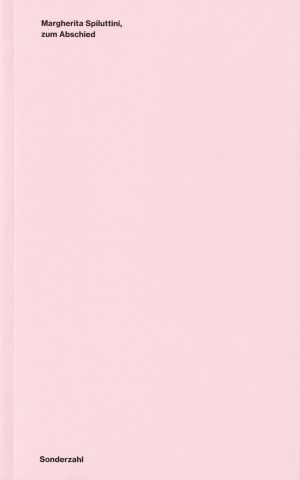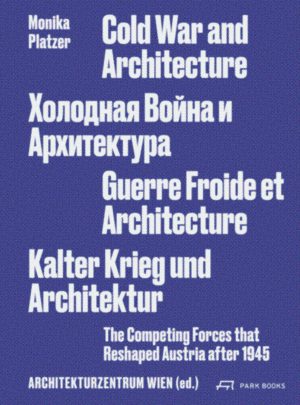The Hintergrund 39 offers an entertaining follow-up to a symposium on the redevelopment of pre-war modernism. In the course of it, it was possible to visit Josef Frank's Villa Beer in Vienna's Hietzing district, a unique opportunity that generated much enthusiasm.
7,00 €
Description
It is rare to see a squad of top-class architectural and monument preservation experts in collective euphoria. On April 13, 2008, this honor was bestowed upon Josef Frank’s Villa Beer in Vienna’s Hietzing district, which had been dormant for some time. A number of international experts had the rare opportunity to visit Josef Frank’s main work as part of a symposium on the restoration of pre-war modernism organized by the Architekturzentrum Wien together with the Bundesdenkmalamt. If the exterior of the building is enough to arouse the enthusiasm of any connoisseur of architecture, the spatial concept and the generous “interior” of the house are even more so. For what has been preserved here in its original state (wall installations, movable furniture, lamps, fittings – even heating systems and fireplaces) can still surprise even experienced experts who deal with modernist monuments on a daily basis. However, this unique testimony to an equally elegant and undogmatic Viennese modernism – predestined for cultural use – seems to remain in private hands, which means that access to one of the most fascinating examples of Austrian residential culture will continue to be denied to an interested public.
However, the reader is not deprived of a compact compilation of the most important lectures of the above-mentioned symposium, which found its logical thematic continuation a few days later, on April 16, 2008, in an event organized by the BIG (Bundesimmobiliengesellschaft) on the renovation of post-war modernism. It became clear how much even small, ill-considered measures such as window replacement, insulation and painting can severely damage the coherence of a building. While Bruno Reichlin, in his fundamental reflections on the preservation of the architectural heritage, pleads for the preservation of monuments as a profoundly creative discipline, Berthold Burckhardt uses selected examples from the Wüstenrot Foundation to explain the problems that can arise in the renovation of modernist buildings in specific individual cases. Bruno Maldoner takes us into the world of colors of Adolf Loos and reminds us that the so-called “white modernism” was not so white after all. Our focus on damage patterns is supplemented by an interview with Adolf Krischanitz, who is able to contribute his experience in dealing with buildings in need of renovation to the adaptation and extension of Karl Schwanzer’s 20er Haus. Finally, cursory observations on the subject of patina in contemporary architecture suggest that one not only inevitably has to deal with the traces of transience, but that these can also be artificially brought about – keyword wish patina.
The Az W is dedicating a new series of events entitled “Balkanproduction” to the up-and-coming architectural scene in the countries of Southeastern Europe, in the course of which committed, established as well as up-and-coming architectural offices will provide concrete insights into the Balkan architectural scene. In the journal section of this issue, we offer a detailed review of the multifaceted kick-off event, which took place on January 23, 2008 at the Az W with Rok Oman (Ofis Arhitekti, Slovenia), Helena Paver Njiric (Croatia) and Dorin Stefan (Romania). Also worth reading are the refreshing reflections of our sundays guests who, on the occasion of the anniversary celebration of the 200th sundays excursion on 12.03.2008, let themselves be carried away by trenchant impulse statements.





